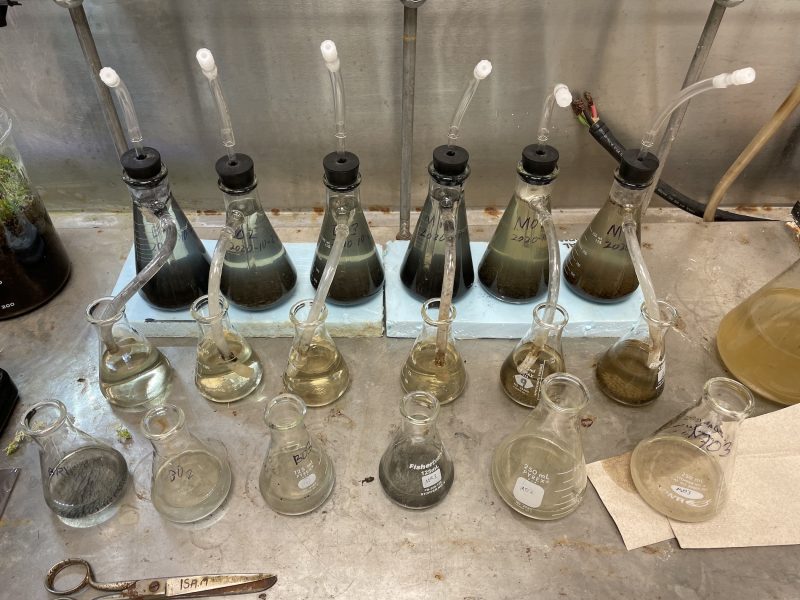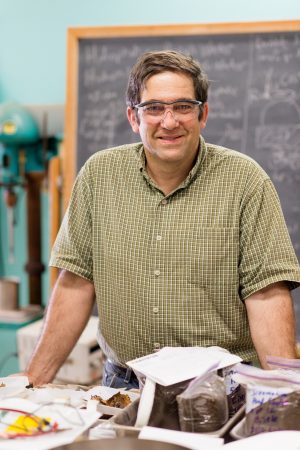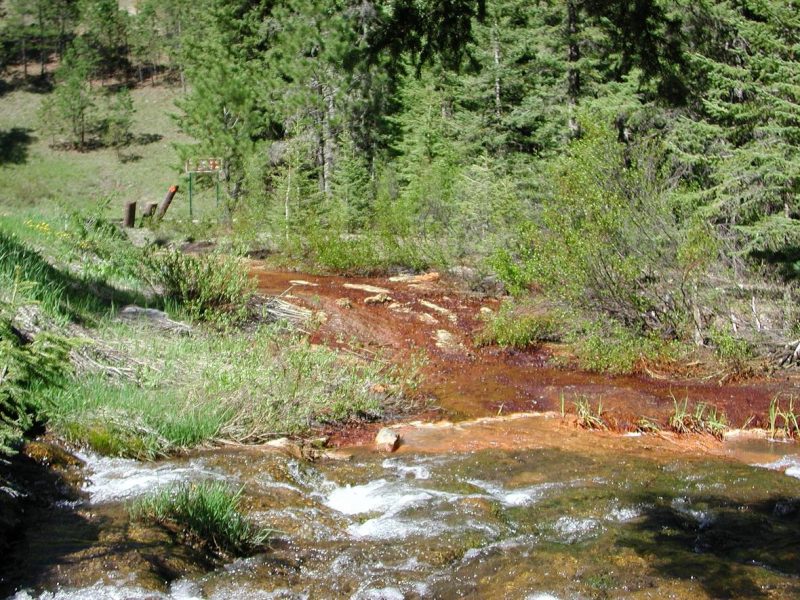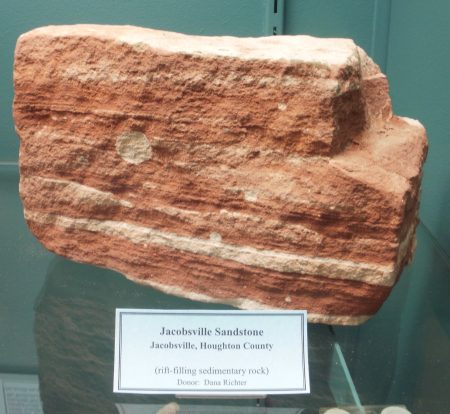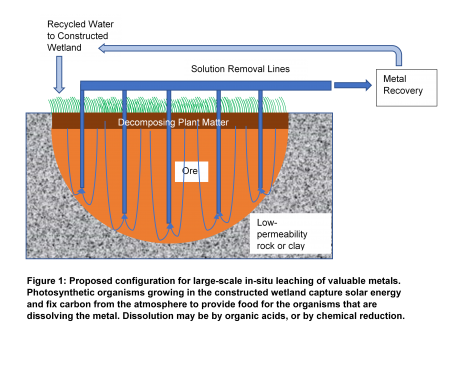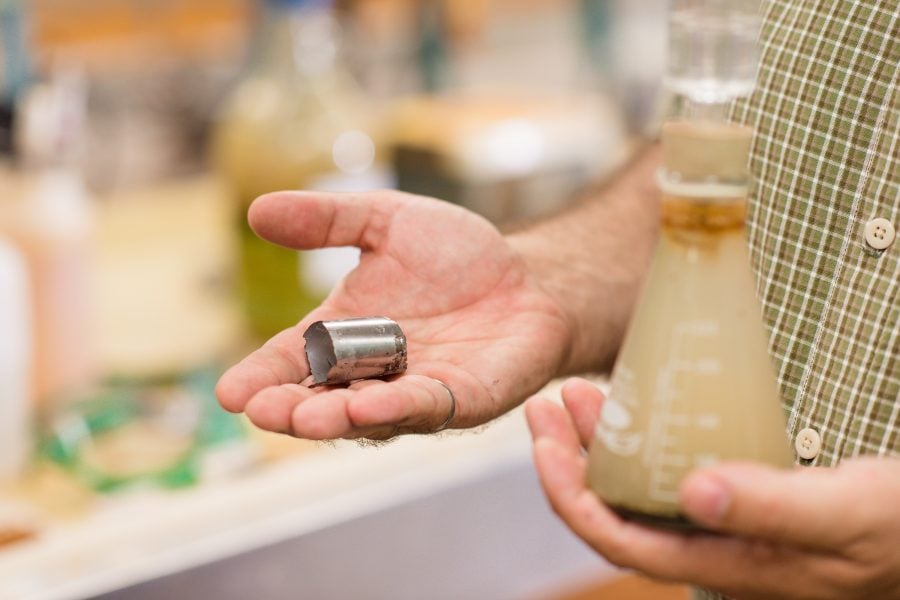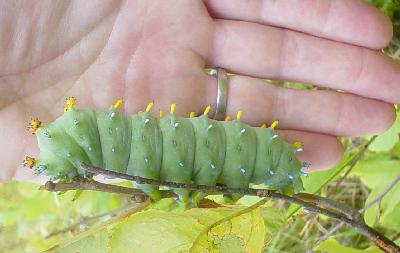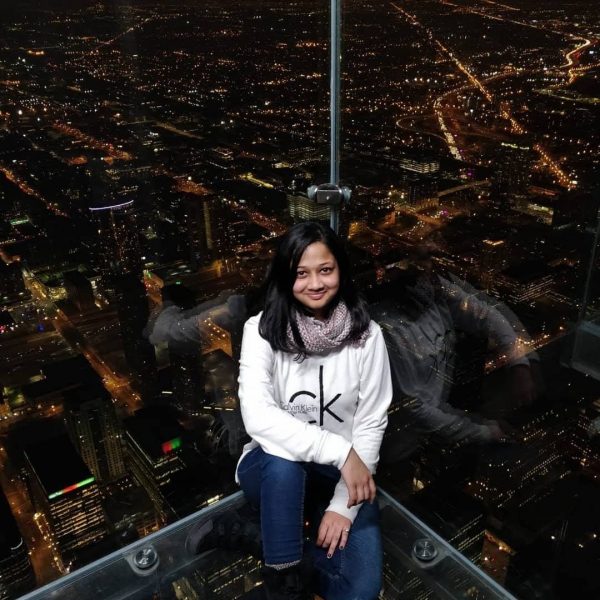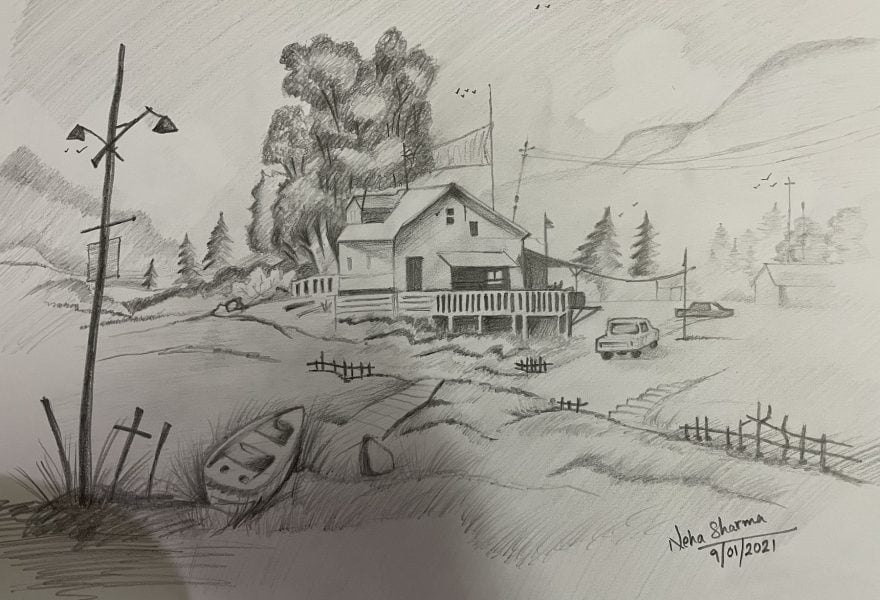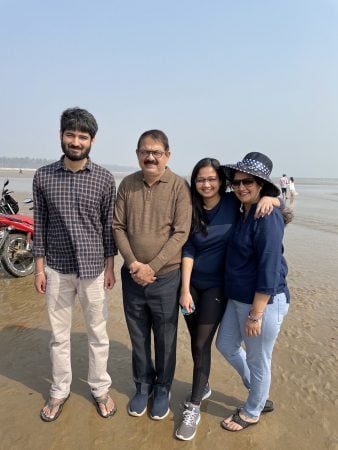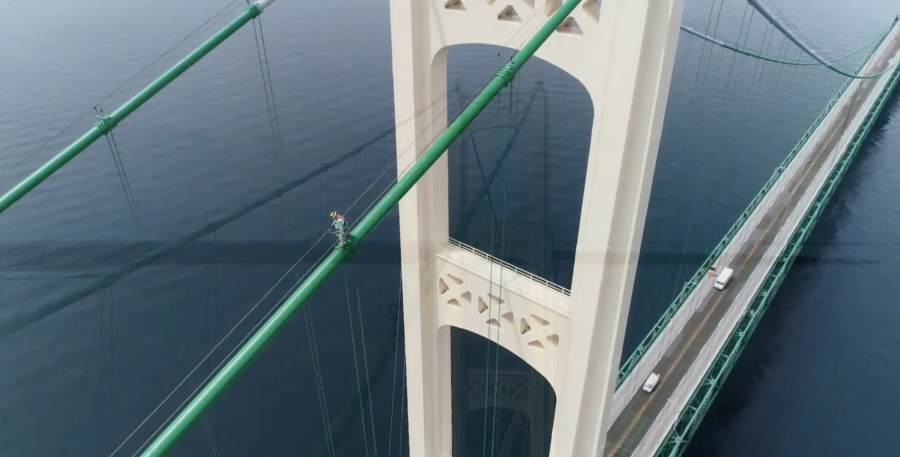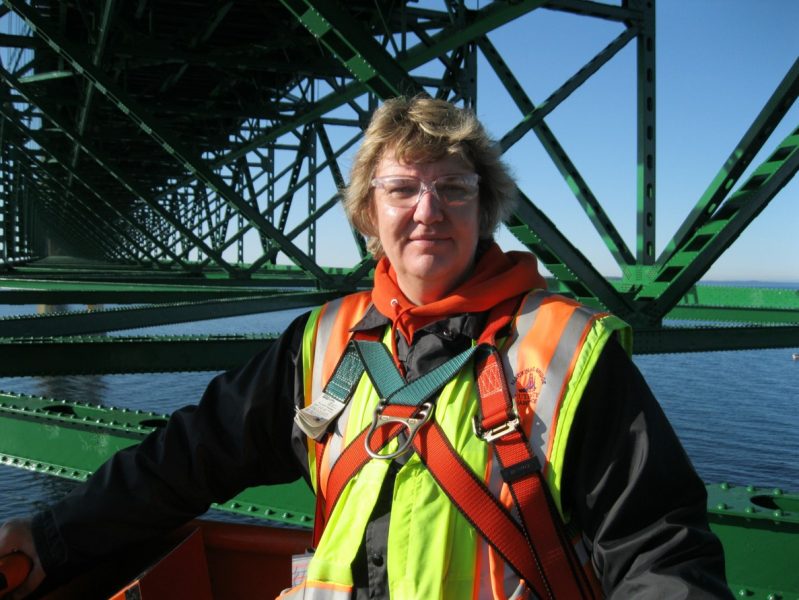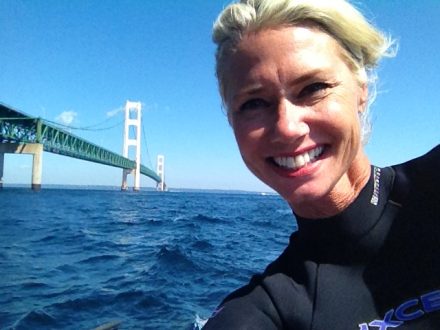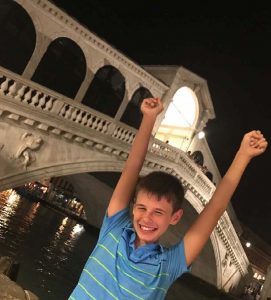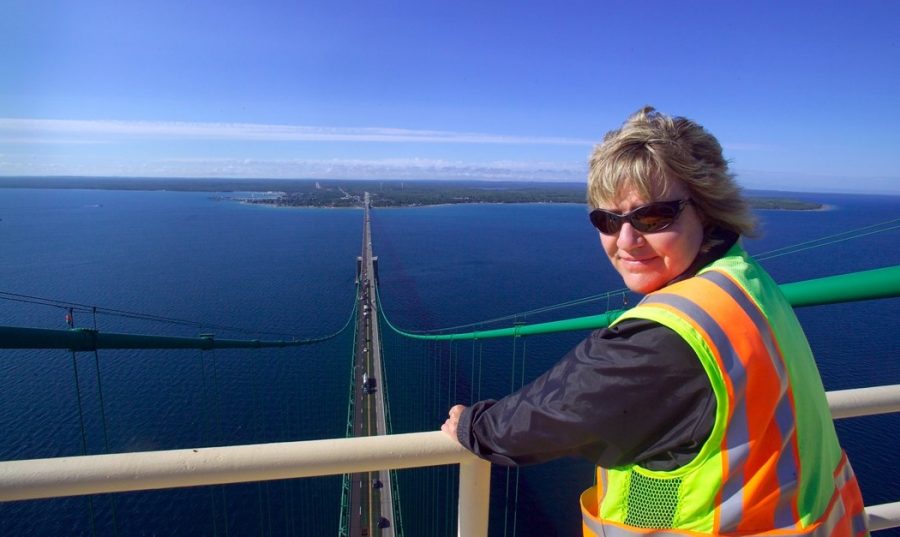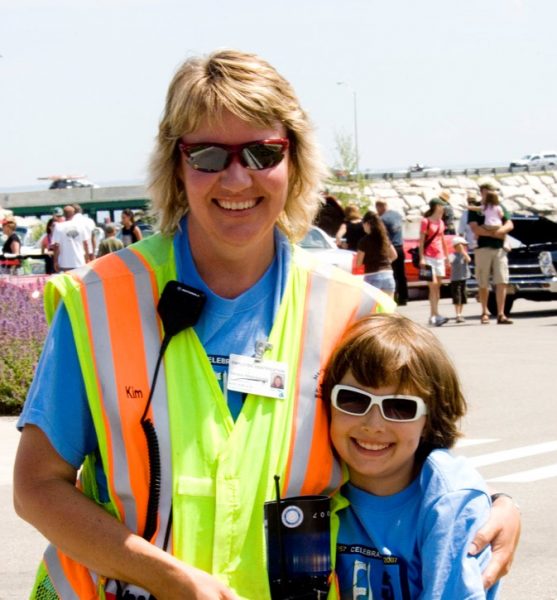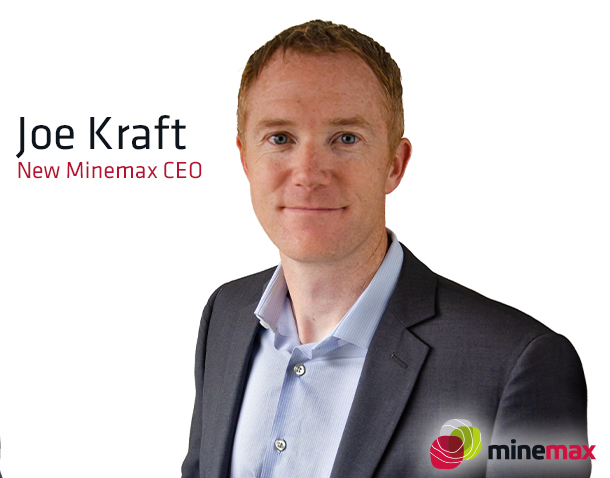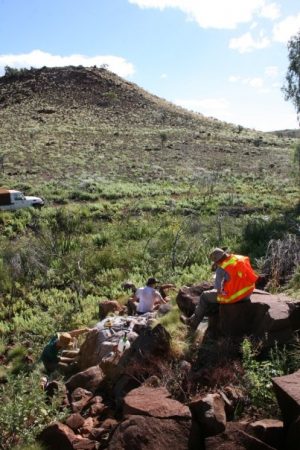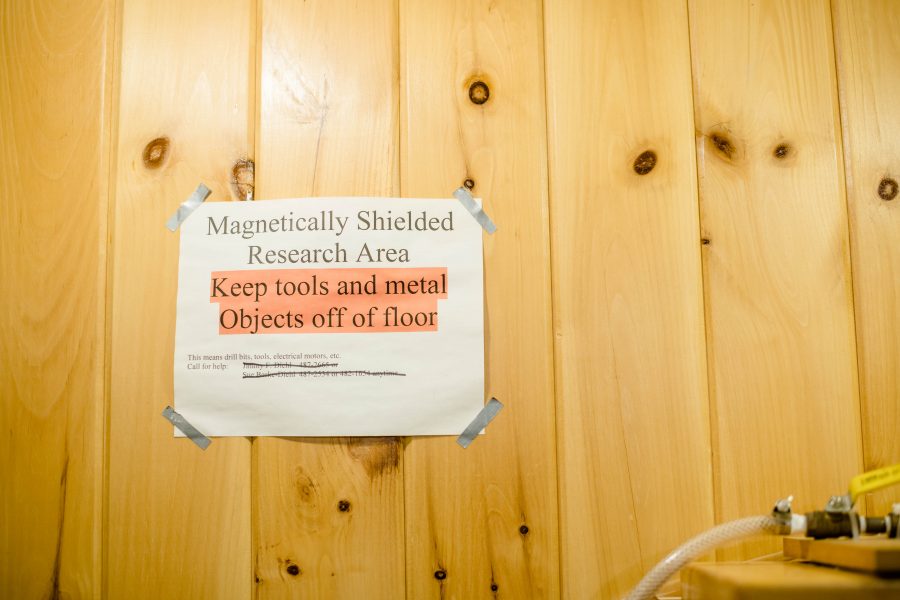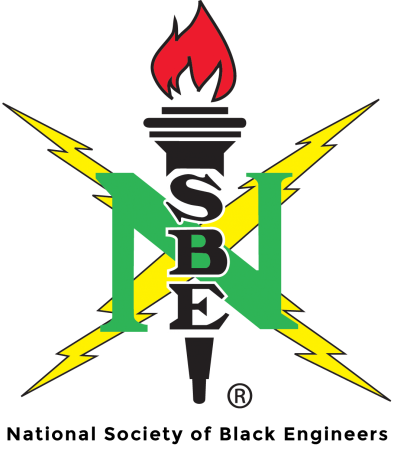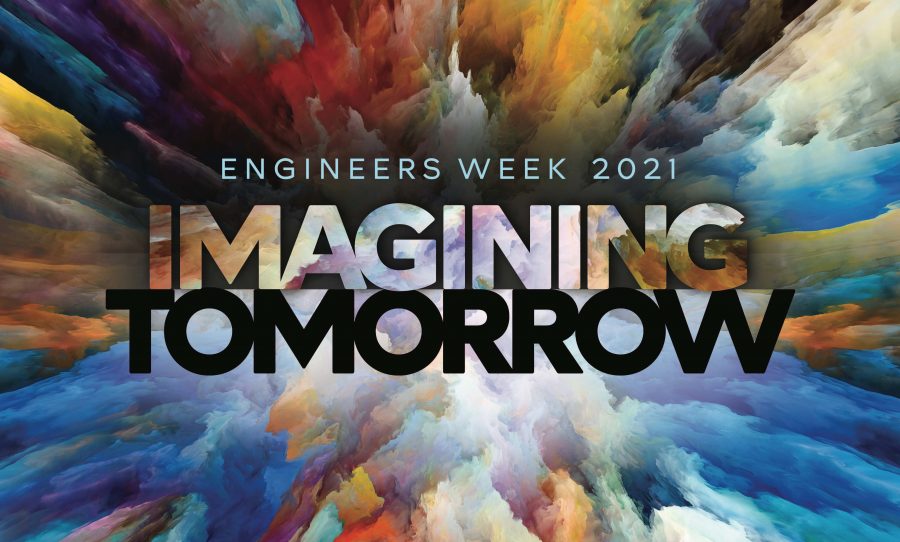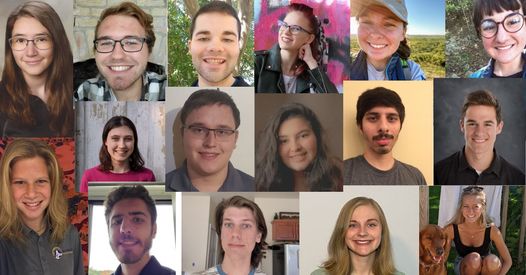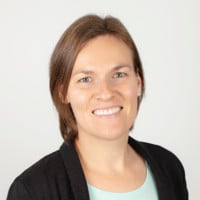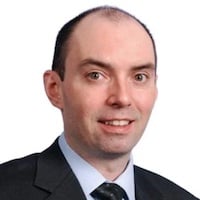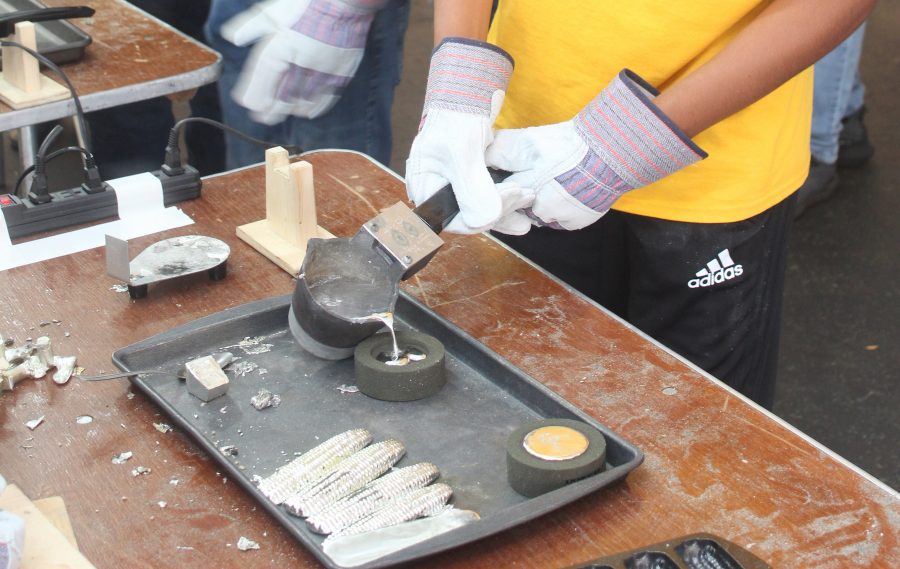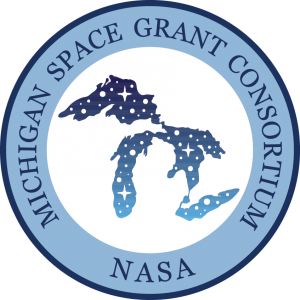
Michigan Tech students, faculty and staff members received awards totaling $95,175 in funding through the Michigan Space Grant Consortium (MSGC), sponsored by the National Aeronautics and Space Administration (NASA) for the 2021-2022 funding cycle. The following are recipients within the College of Engineering.
Undergraduates receiving $3,000 research fellowships:
- Chloe Strach (CEE): “Understanding and Predicting the Fate of 1,4-Dioxane in the Aqueous Phase UV/Chloramine Advanced Oxidation Process” with Daisuke Minakata (CEE)
Graduate Students receiving $5,000 research fellowships:
- Jessica Alger (CEE): “Promoting Green Space Equity in Urban Areas with Water Resources Challenges” with Dave Watkins (CEE)
- Diana Bullen (GMES): “Using a Biologically Enhanced Silica Recovery System to Retrieve Valuable Non-Renewable Resources from Waste Material” with Nathan Manser (GMES)
- Ian Gannon (GMES): “Critical Mineral Potential in the Vulcan Quadrangle and Adjoining Areas, Dickinson County, Upper Peninsula of Michigan” with James DeGraff (GMES)
- Brock Howell (GMES): “Effective Optimization of Groundwater Extraction Through the Development of Computational Tools” with John Gierke (GMES)
- Ryan Klida (GMES): “Satellite-Based Synthetic Aperture Radar (SAR) Techniques for Earth Dam Monitoring and Failure Prediction” with Thomas Oommen (GMES)
- Benjamin Mohrhardt (CEE): “Fate of Photo-Viable Dissolved Free Amino Acids Under Sunlight Irradiation in Natural Aquatic Environment” with Daisuke Minakata (CEE)
- Katie Nelson (GMES): “Measuring CO2 Fertilization of Tropical Forests from Volcanic Soil Gas Emissions Using Remote Sensing: Volcán Rincón de la Vieja, Costa Rica” with Chad Deering (GMES)
- Natalie Nold (ChE): “Improved Vaccine Production to Reduce Pandemic-Related Health Risks” with Caryn Heldt (ChE)
- Kassidy O’Connor (GMES): “Using Satellite Aperture Radar to Improve Wildfire-Causing Debris Flow Mapping on the West Coast” with Thomas Oommen (GMES)
- Jonathan Oleson (ME-EM): “A Machine Learning Model for Mechanics of Multi-Walled Carbon Nanotubes for Space-Composite Materials” with Susanta Ghosh (ME-EM)
- Emily Shaw (CEE): “Toxicity in Fish Tissue: Redefining Our Understandings by Quantifying Mixture Toxicity” with Noel Urban (CEE)
Faculty and staff members receiving $5,000 or more for pre-college outreach and research seed programs include:
- Luke Bowman (GMES): “Career Connection Explorations: Enriching Middle School STEM Curriculum Using NASA Resources” Includes augmentation
